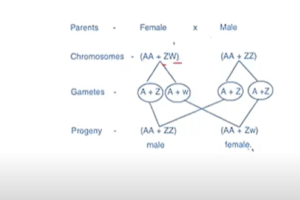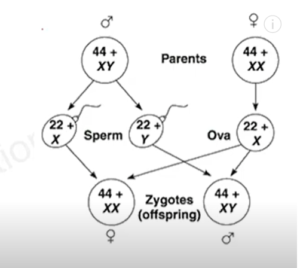Curriculum
- 1 Section
- 14 Lessons
- 10 Weeks
Expand all sectionsCollapse all sections
- Biology Principles of inheritance and variation class 12 Notes14
- 1.1Biology Principles of inheritance and variation class 12 Part 1 Notes
- 1.2Biology Principles of inheritance and variation class 12 Part 2 Notes
- 1.3Biology Principles of inheritance and variation class 12 Part 3 Notes
- 1.4Biology Principles of inheritance and variation class 12 Part 4 Notes
- 1.5Biology Principles of inheritance and variation class 12 Part 5 Notes
- 1.6Biology Principles of inheritance and variation class 12 Part 6 Notes
- 1.7Biology Principles of inheritance and variation class 12 Part 7 Notes
- 1.8Biology Principles of inheritance and variation class 12 Part 8 Notes
- 1.9Biology Principles of inheritance and variation class 12 Part 9 Notes
- 1.10Biology Principles of inheritance and variation class 12 Part 10 Notes
- 1.11Biology Principles of inheritance and variation class 12 Part 11 Notes
- 1.12Biology Principles of inheritance and variation class 12 Part 12 Notes
- 1.13Biology Principles of inheritance and variation class 12 Part 13 Notes
- 1.14Biology Principles of inheritance and variation class 12 Part 14 Notes
Biology Principles of inheritance and variation class 12 Part 10 Notes
Female Heterogamety
- In this type female individuals produces two different types of gametes. Thus the egg determines the sex of offspring.
- It involves two types of sex determining mechanism ZW type and ZO type.
i) ZW type
- While males possess have homomorphic sex chromosomes.Unlike human being the female contain heteromorphic sex chromosomes.
- While males possess have homomorphic sex chromosomes
- Because of having heteromorphic sex chromosomes osomes the the femalegre female are heterogametic.

ii) ZO type
- It is observed in butterflies, sex determination is exactly opposite the condition found in grasshopper.
- In this type, the females have only one sex chromosome and hence represented as ZO.
- Females are heterogametic. Males carry two identical sex chromosomes designated ZZ.
- Males are homogametic. On fertilization by a Z-carrying sperm the Z-carrying ovum would develop into a male (ZZ) and on fertilization, the Z-lacking ovum would develop into a female.
SEX- DETERMINATION IN HUMANS :-
- Human beings have 22 pairs of autosomes and one pair of sex chromosomes.
- All the ova (haploid) formed by female are similar in their chromosomes type (22 + x) f Therefore females are homogametic.
- Male individuals produces two types of sperm during the process of spermatogenesis.
- 50% of the total sperm produced possess the X- chromosomes and rest 50% has Y chromosomes beside autosomes.
- There is an equal probability of fertilization of ovum overline (22 + X) with the sperm carrying either X and Y chromosomes.
- If ovum fertilizes with ((22 + x) type sperm, the zygote develops into a female (44 + XX) .
- If the ovum fertilizes with (22 + Y) type sperm, the zygote develops into a male (44+ XY).
- Thus, the genetic make up 22 + X determines the sex of child.
- It is also clear that in each case of pregnancy there is always 50% of probability of either a male or female child.

Sex determination in Honey bee
- Honeybees show haplodiploid method of sex determination.
- Haplodiploidy is a sex determination mechanism in which males develop from unfertilized eggs and are haploid, and females develop from fertilized eggs and are diploid.
- This mode of sex determination was first discovered by Johann, a Catholic priest, in 1845.
- In honeybees, sex is normally determined by the fertilization or non-fertilization of the eggs, rather than the presence or absence of sex chromosomes.
- In honeybees, the male progeny normally develops from unfertilized eggs, which are haploid and have just one set of chromosomes.
- The fertilized honeybee eggs, which are diploid and have two sets of chromosomes, differentiate into queens and worker bees.